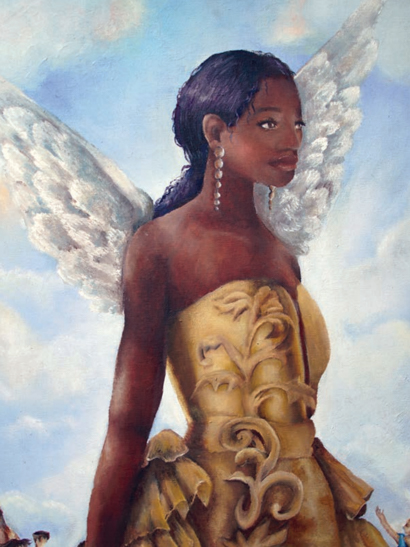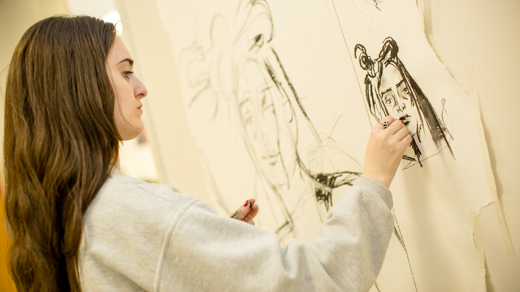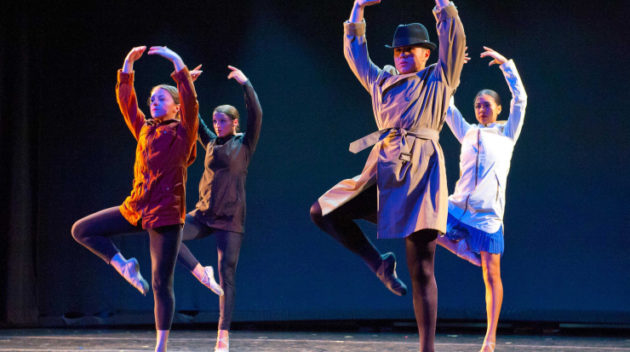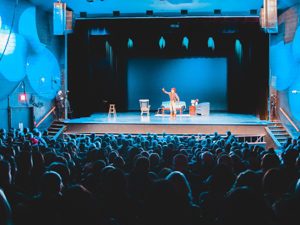Visual Arts


Visual Arts
The Visual Arts Program features a studio-based curriculum, with hands-on studio assignments supplemented by a broad introduction to art history, theory, criticism, and aesthetics. Students work with both digital and traditional media to create fine art & illustrations. Our Visual Arts faculty members are practicing artists who instruct in their own areas of expertise as well as create their own work throughout the school year. Students are prepared for portfolio reviews and admissions into the nation’s top Fine & Visual Arts programs. Graduates have attended schools including FIT, SCAD, Pratt, SVA, MICA and Rhode Island School of Design.
PARTNERSHIPS
LIHSA partners with Molloy College, Nassau Community College, and industry professionals to create projects to best prepare students for careers as graphic designers, artists, muralists, sculptors, and photographers. Students take a range of classes including live figure drawing classes to develop their portfolios for careers in the arts. They create and develop new pieces daily throughout the academic calendar, and show their work multiple times each school year.
Courses include:
- AP Studio Art
- Relief Printmaking
- Monotype Printmaking
- Intaglio Printmaking
- Live Figure Drawing Class
- Digital Studio Art History: Paleolithic
- Digital Studio Art History: Renaissance
- Art & Activism
My time at LIHSA was among the most challenging I’ve experiences and one of the most meaningful things I’ve ever accomplished.


